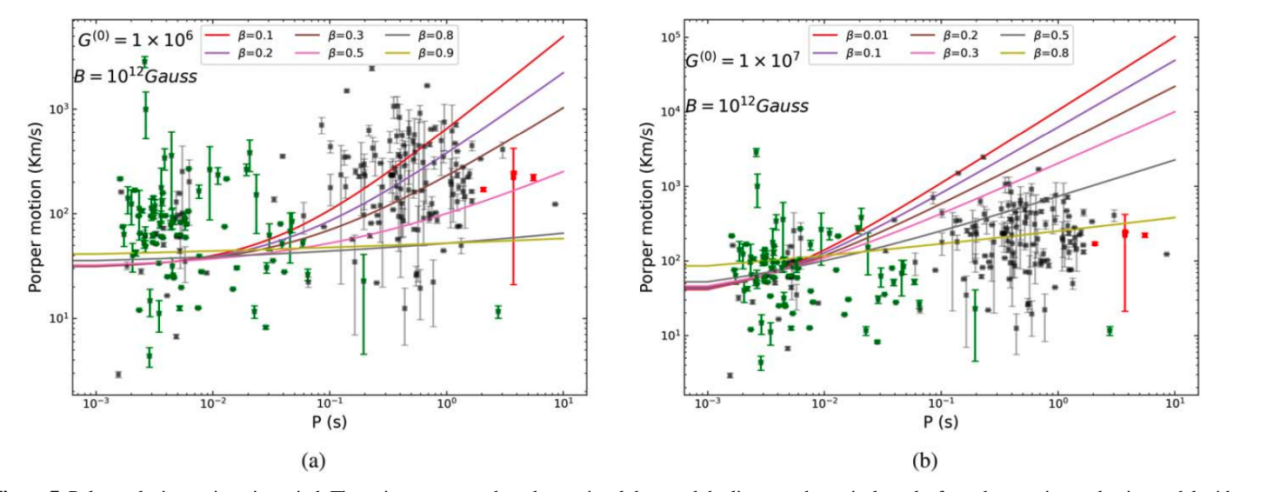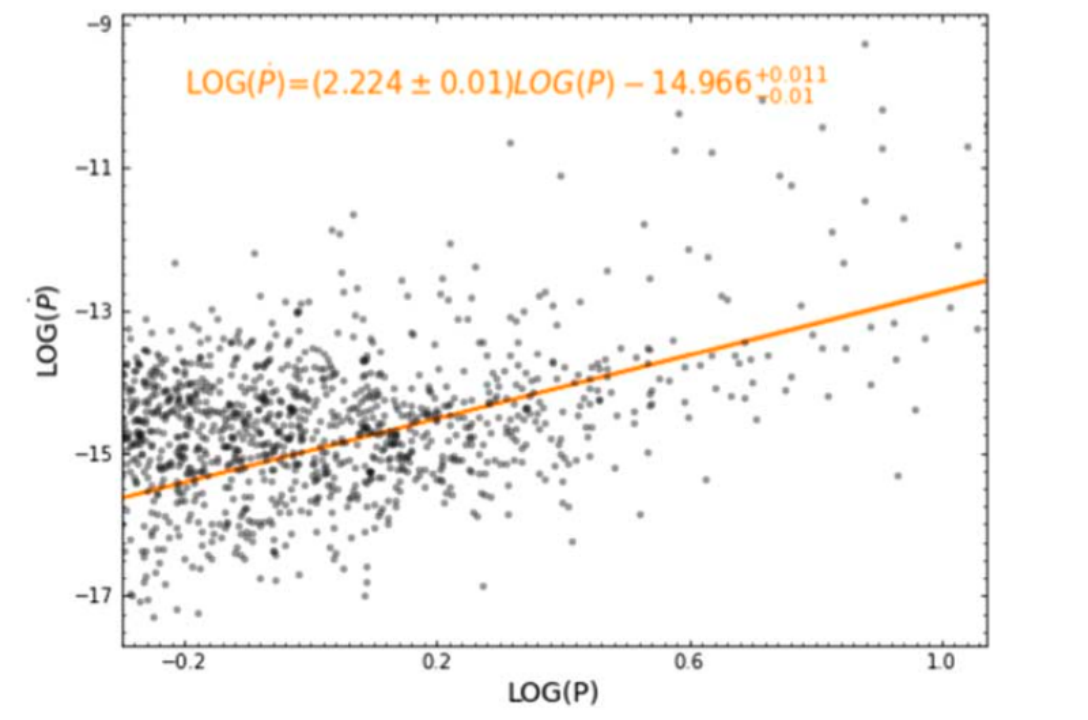Within three years of the first pulsar being discovered in 1967, astronomers have observed that the average proper motion of pulsars is high. With an increase in pulsar observations, some pulsars are now being discovered with velocities greater than 1000 km/s, and the number is growing each year. Scientists have been puzzled by the origin of these high-velocity pulsars. A number of issues remain regarding the proposed models, such as convection instability, magnetic dipole eccentric radiation, neutrino-nucleon scattering, and neutrino oscillations within the predecessor stars of supernovae.
Recently, Dr. Zheng Li and his collaborators at the Xinjiang Astronomical Observatory (CAS) of the Chinese Academy of Sciences and Nanjing University proposed a neutrino rocket model inside neutron stars, which, coupled with Australian National Astronomical Observatory (ATNF) pulsar data, may explain the origin of pulsars with proper motion above 1000 km/s.
In accordance with the Weinberg-Salam unified theory of weak electricity, neutrons in gyrator motion can emit a pair of neutrinos and antineutrinos. However, the radiative power of the cyclotron motion of a single neutron is so low that its effect is negligible.
There is a special Einstein condensation phenomenon (also called superfluidity) that might occur within a neutron star when the thermal temperature inside the neutron star is lower than the energy gap of the bound neutrons. It has been shown that Cooper pairs of neutrons that have been formed by neutron binding also undergo gyrator motion in the superfluid region of neutron stars. Based on the calculations, the researchers discovered that these left- and right-handed neutrinos, which are emitted by neutron Cooper pairs, have high energies.
Furthermore, lefthanded neutrinos and right-handed neutrinos emit in the same direction because of their non-conservation of parity. As a result of the conservation of momentum, when a neutron star emits a neutrino stream along its rotation axis, the neutron star itself acquires a recoil velocity in the forward direction along its rotation axis.
Due to the continuous emission of neutrino streams inside the neutron star, it accelerates continuously (Fig. 1), resulting in high velocity along the rotation axis, a phenomenon also confirmed by the observations of Crab and Vela pulsars.
In neutron stars, neutrino radiation energy is provided by rotational energy. Neutron stars are characterized by a spin-down rotation due to this effect. The model predicts an accelerated rotation spin-down rate for long-period pulsars, which is plotted in a relationship  ɑ P2 (Fig. 2) that differs from the standard magnetic dipole rotation spin-down relationship.
ɑ P2 (Fig. 2) that differs from the standard magnetic dipole rotation spin-down relationship.
“The validity of this theoretical prediction has been confirmed by observations. This theoretical model will help us understand the physical properties of the superfluid region inside neutron stars.” said Dr. LI ZHENG.

Fig 1. Pulsars' velocity-period evolution diagrams for different vortex quantum numbers.

Fig 2. Result of linear fit for long-period pulsars.
Contact: LI Zheng
Xinjiang Astronomical Observatory, Chinese Academy of Sciences
Email: lizheng@xao.ac.cn
Article link: https://iopscience.iop.org/article/10.3847/1538-4357/ac6cdd